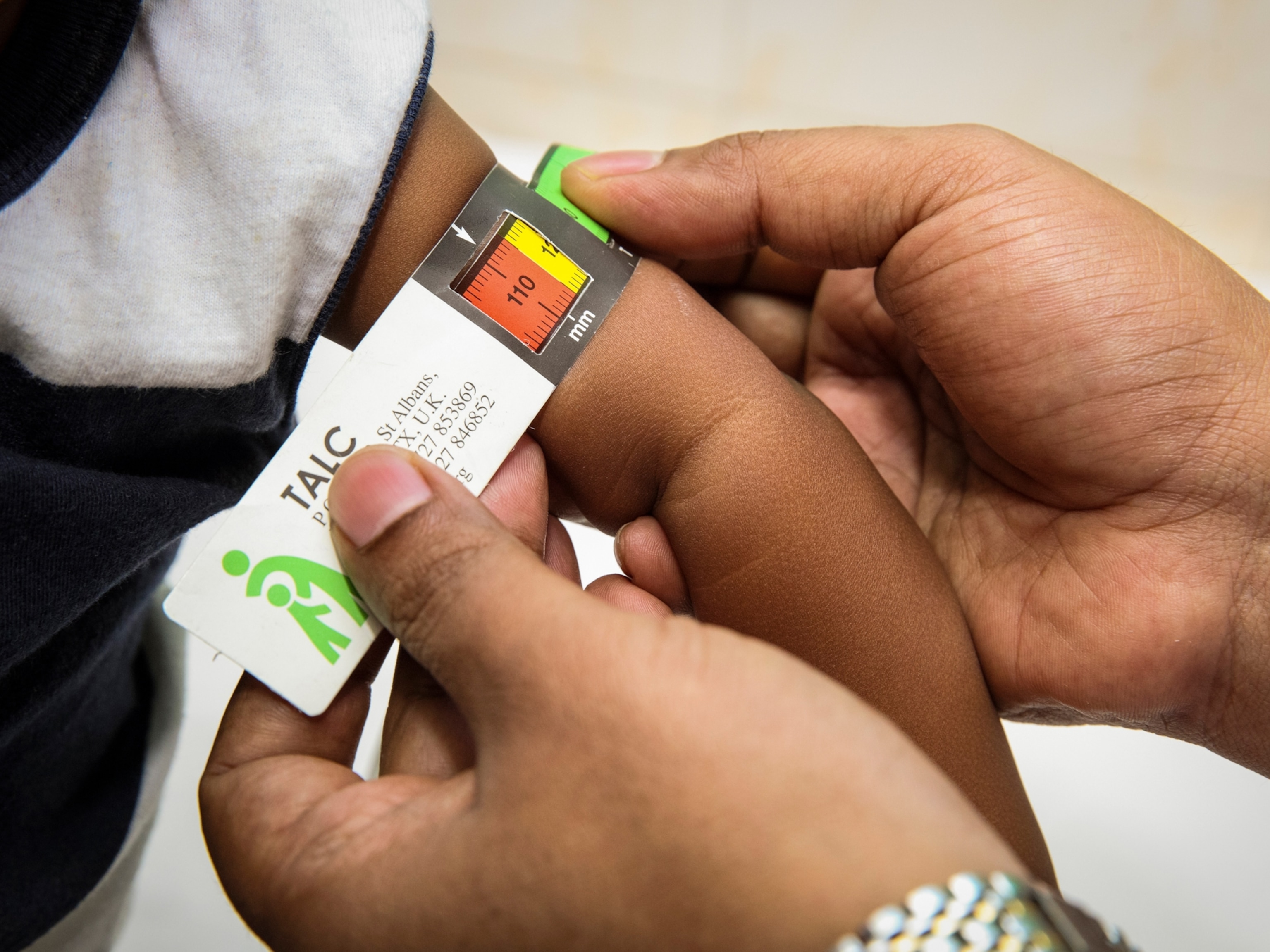
In America’s hunger crisis, charities and neighbors are lifelines
The pandemic made it tougher for lower-income people who already were struggling to get enough good food. Across the nation, groups are stepping up to help.
It’s early for most people. 5:30 a.m. But not for Bessie Brooks, who’s heading out her door to help get food to people who need it in Lowndes County, Alabama.
To hear her tell it, though, that’s not early at all. “When I was working, I’d be at my patient’s house by 5 a.m.,” Mrs. Brooks says.
Journalistic standards suggest I call her by her last name, Brooks. My manners suggest otherwise. I respect her by adding Mrs., as I was raised to do by my mother, who spent part of her growing-up years in Lowndes County. Mrs. Brooks is 87, after all. She worked 30 years as a home health worker for the county. The job required her to give personal care: Get them up, bathed, brush their teeth, give them their meds. But Bessie Brooks went beyond that and did whatever needed doing.
“I don’t see no sense in a person getting up and bathed, and they hungry,” she says.
So she’d cook for her patients and clean house. If they didn’t have running water, she’d fetch some from a neighboring home. Running water wasn’t a given in every house in Lowndes County, which Feeding America, the nation’s leading organization of food banks, identified as the 16th most food insecure county in the United States in 2020. Almost a third—29.5 percent—of the people in Lowndes County do not have sufficient food.
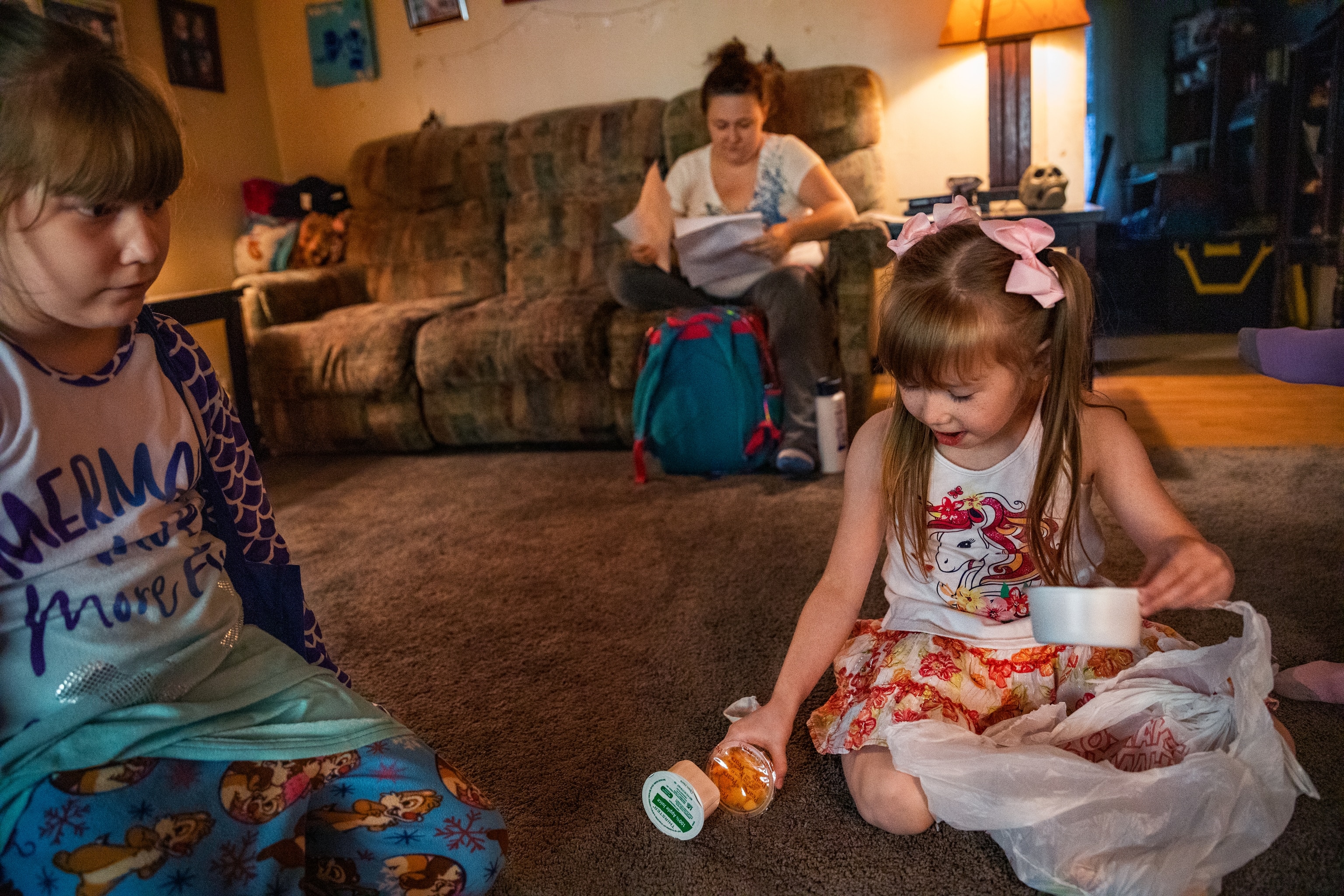
Record numbers of Americans needed more food in 2020, reversing what had been a downward trend. One in seven people in the U.S. may have been food insecure, meaning a lack of access to sufficient, nutritious food. The numbers are only slightly better this year, according to projections released in March. Feeding America expects 42 million people—one in eight Americans—to experience food insecurity in 2021. That includes 13 million children, or one in six, who may be short of food this year. The sorrowful images of rows of cars lined up for food across the U.S. during the pandemic illuminated a long-standing problem, one that the coronavirus didn’t create but made worse, says Claire Babineaux-Fontenot, Feeding America’s chief executive officer.
“I think there’s a heightened awareness that hunger was here to begin with,” she says. “For so long, people in America didn’t think that America has a hunger problem.”
Babineaux-Fontenot hopes renewed attention to food insecurity puts to rest the fallacy that those who line up for food giveaways are either lazy or unwilling to work. “It’s never been true,” she says. “So many people who turn to us for help are working-class people who have jobs. Some of them have more than one. They’re working really, really hard. They work as hard as anyone else works, if not harder than most people do. And they still can’t make ends meet.”
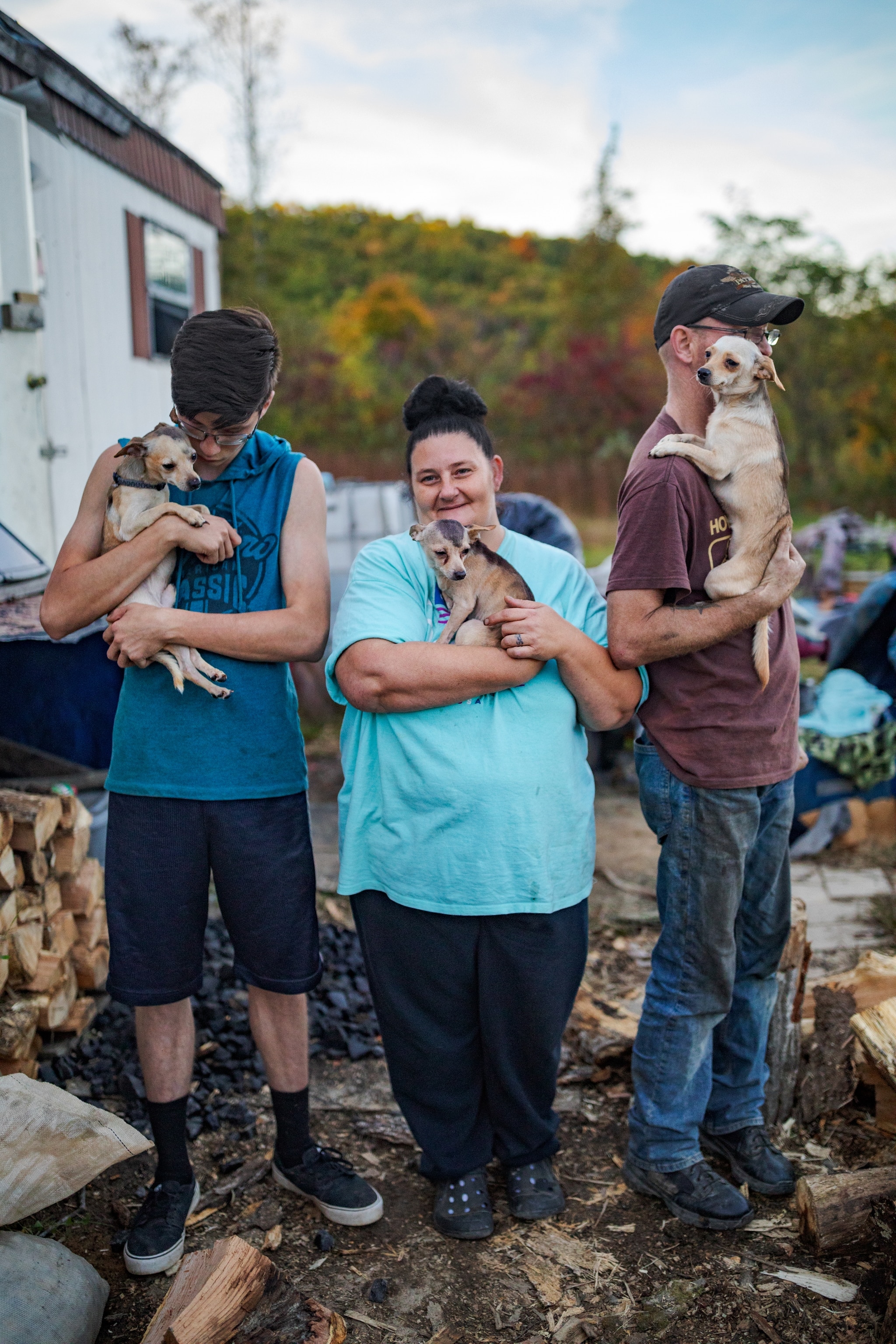
Food insecurity is especially high in rural America, according to reports from Feeding America and the Food Research and Action Center, a nonprofit dedicated to ending poverty-related hunger and undernutrition. Some 16.5 percent of rural households with children faced food insecurity in 2018, compared with 13.5 percent of households in metropolitan areas, according to a FRAC report. The differences are attributed to higher rates of poverty related to fewer and lower-paying jobs, longer distances to travel to get to large grocery stores with reasonably priced and plentiful foods, lack of transportation, cost of gas, weather, and often greater challenges accessing federal nutrition programs.
“Less employment, lower income, transportation issues, lack of access to healthy, affordable food without having to go a long distance, that pushes more people into food insecurity,” says Geri Henchy, FRAC’s director of nutrition policy and early childhood programs.

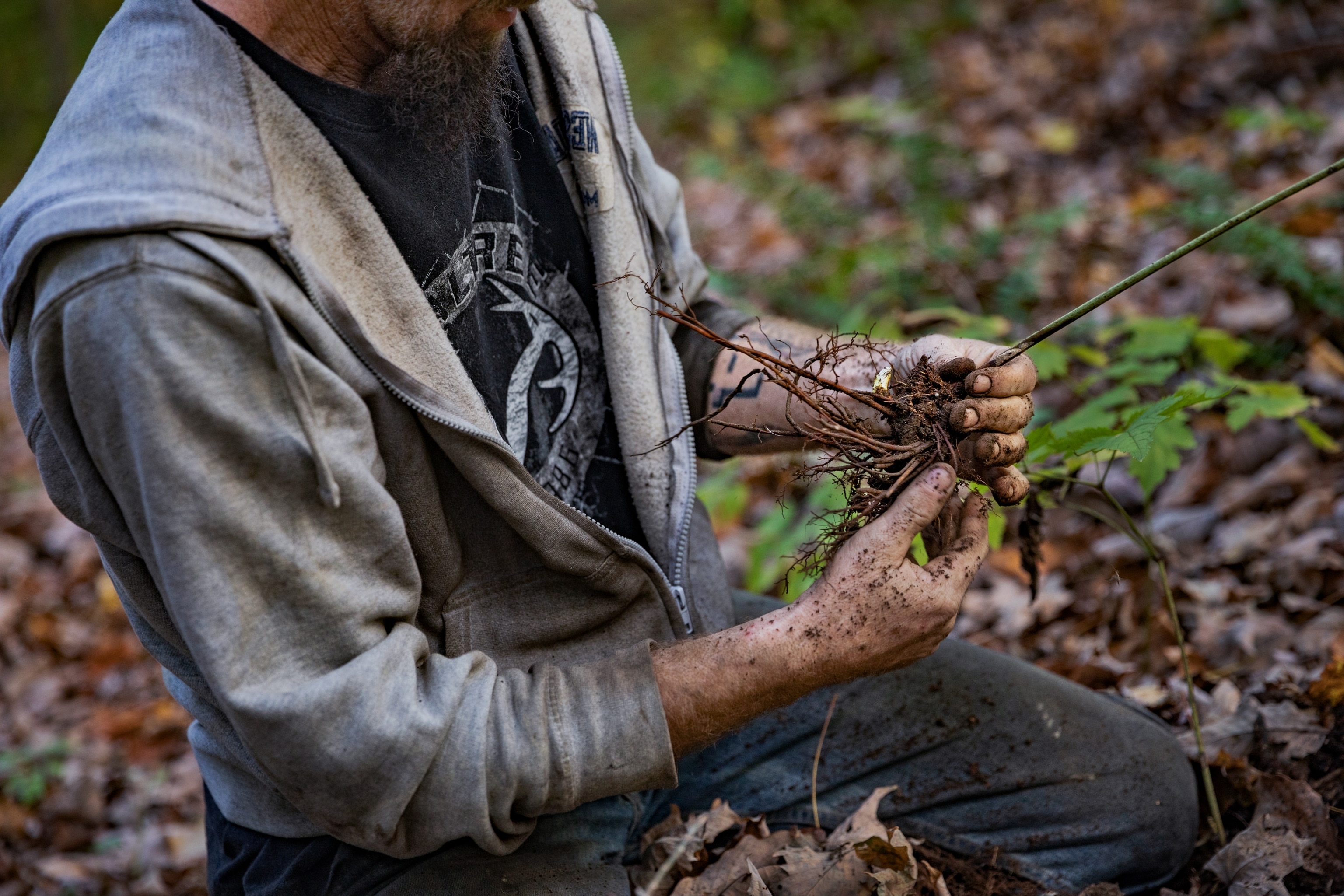
The paradox is that rural residents often live in areas where the very food they need is growing. “So if you’re in a land of plenty, why would you, if you’re driving past fields of food, why would you have food insecurity?” Henchy asks. “It seems counterintuitive,” she says, “but the thing is that because of the ways that the supply chain works for food, the people who live in areas that produce food, generally speaking, are not having access to that food.”
Lowndes County, AL: Aiding those in need
It’s in a stretch of Alabama once known as the black belt because of the rich soil that delivered an abundance of cotton and other crops, tended by enslaved labor. Now Lowndes County is part of a region people think of as the black belt because of the number of Black people who live there.
Snow Hill Christian Church is one of the main places people here turn to for help to put food on the table when cupboards run low. It was that way long before COVID-19 coursed through America’s veins, shuttering businesses, closing schools, and landing people in food lines.
“There were already a lot of people who didn’t know where their next meal was coming from, so the pandemic didn’t do us any favors,” says the Reverend Dale Braxton, Sr., pastor of the place known as “the little friendly church on the hill.”

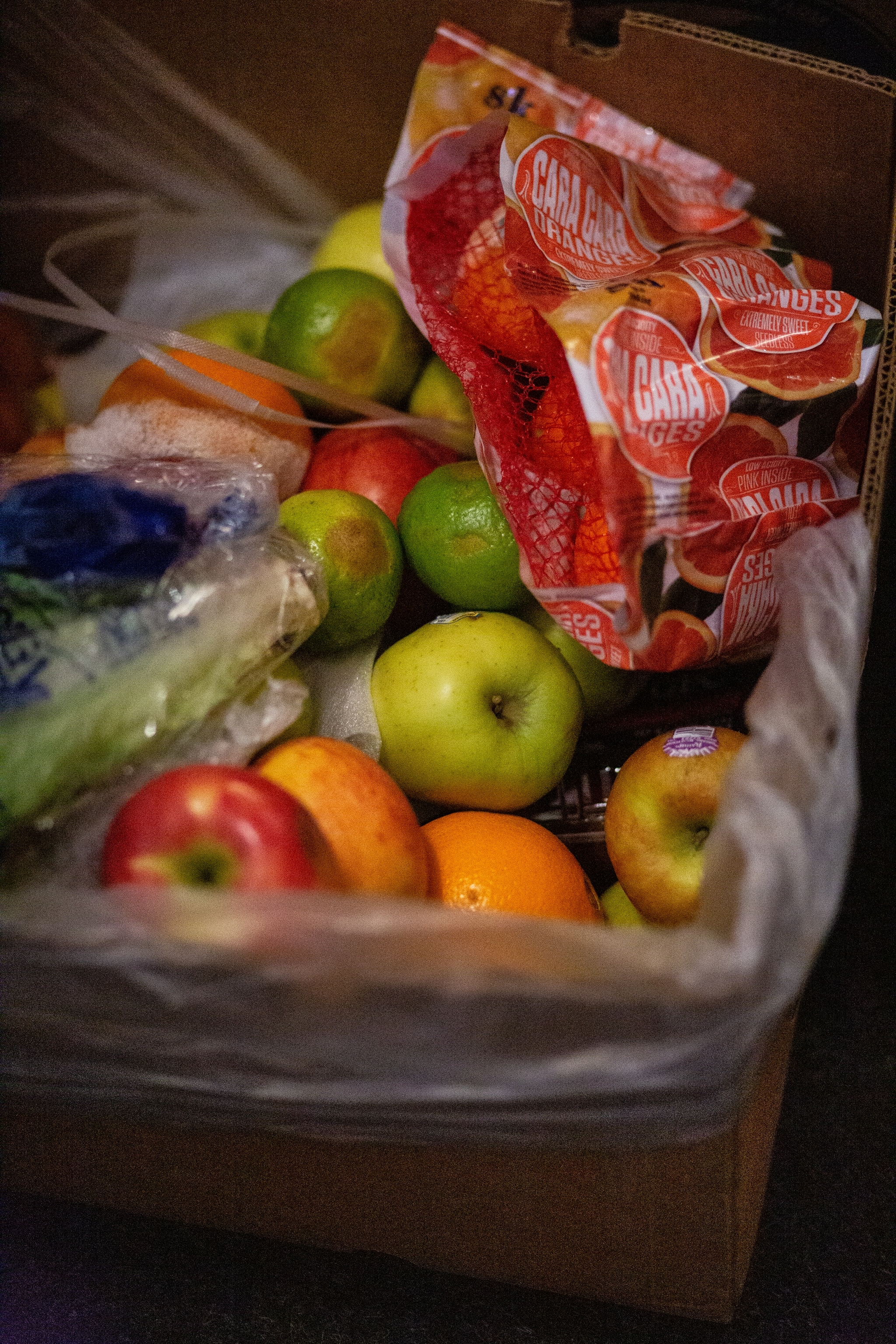
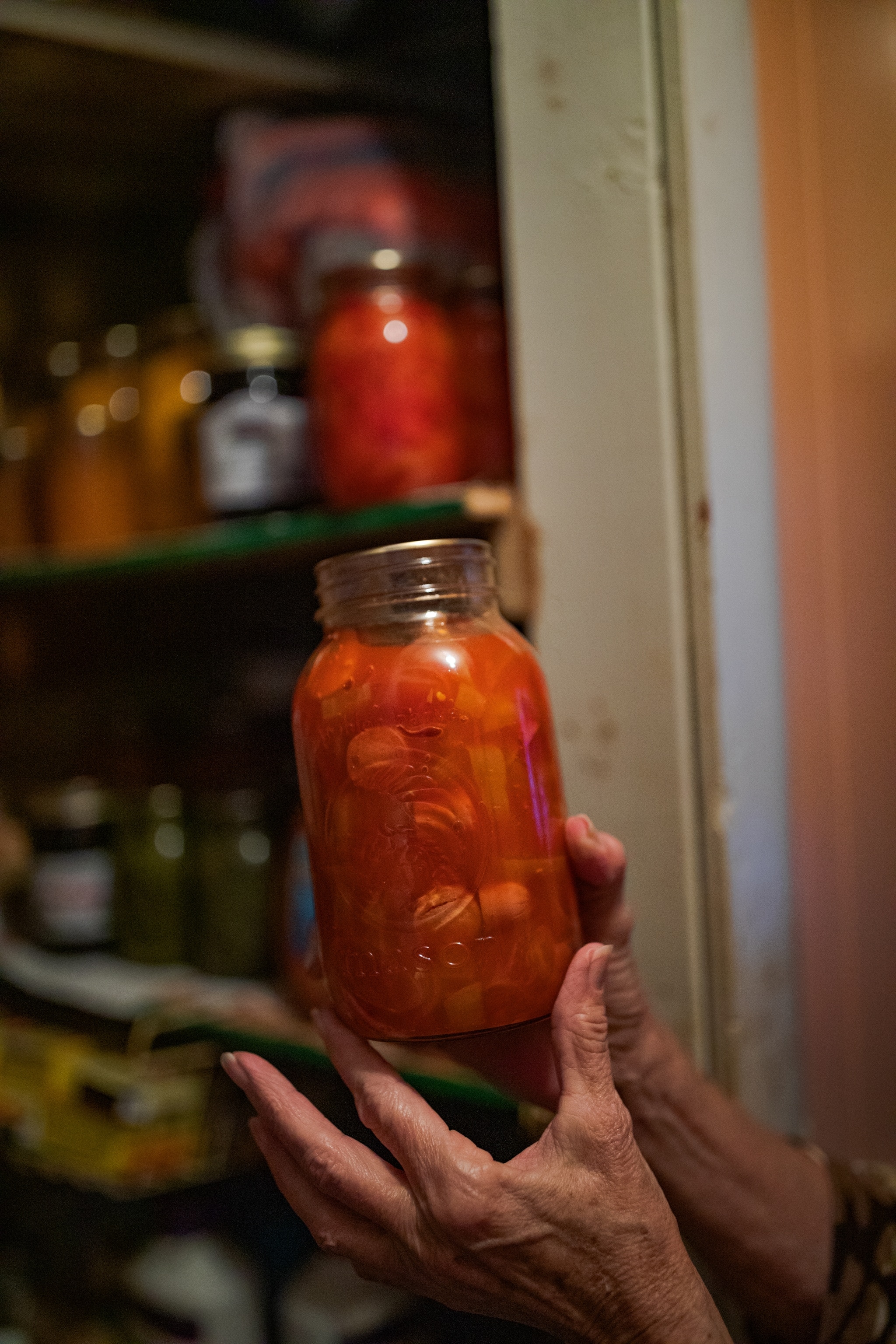
Mrs. Brooks retired in 1998, but she didn’t retire from helping others. She is one of the key people Braxton counts on to help distribute food to those who need it. While she used to go it alone—organizing and packaging food for people in need—she now depends on one of her five children to drive her to the church, where volunteers pack her car with food, and her daughter drives her to homes of those she knows need food.
“She’s short in stature but a giant when it comes to giving,” says Braxton, who leads the food distribution efforts in the county of 9,726 people, more than a quarter of them (26.6 percent) living in poverty, according to the U.S. Census Bureau. A May 2020 report said Lowndes had the state’s highest unemployment rate and its highest COVID-19 infection rate. As of this May, the county led the state in COVID-19 vaccinations; more than half of eligible people had received at least one dose.
Braxton, who has managed food distribution through the Montgomery Area Food Bank for at least 30 years, didn’t think twice when he was asked to distribute weekly food boxes delivered from June through December, a part of the U.S. Agriculture Department’s Farmers to Families program. “It is our mission to feed the hungry, clothe the naked,” Braxton says. “I don’t want anybody to be hungry. I’ve always had a passion to seeing that people, especially children, are well fed as well as well educated.”
Neither is easy in Lowndes County, where people have to drive up to 30 miles to a city such as Selma or Montgomery to shop at a major grocery store.
“We’re a very poor county,” Braxton says.
For Ritha Luckie, 61, a single parent who cares for two adult children with special needs, the food boxes have been a great help. In March 2020, the pandemic closed the adult day-care center her sons attended five days a week while she worked as a lab assistant in a health clinic. A van used to pick her sons up before she went to work. Once the center closed, she had to pay someone to come to her home before she could go to work.
That’s when she started getting the food boxes. Both sons receive disability payments, but those aren’t enough to keep two grown men fed. “It’s been a blessing for me, and I know it’s been a blessing for a whole lot of people around here,” Luckie says. Usually the boxes contain milk, juice, and fresh fruits and vegetables, including a big bag of white potatoes. “I can do a lot with a bag of potatoes,” she says. “I can make hash browns, mashed potatoes, and boiled potatoes. I know how to make it stretch.”
Across the U.S., free grocery stores and community refrigerators are filling a void. Doctors and nurse practitioners are writing prescriptions for healthy food, and prominent chefs are prioritizing serving the community over profit. Volunteers and entrepreneurs are feeding the hungry.
Los Angeles, CA: Help for immigrants
Juan MartÍnez, 50, who came to the U.S. from Mexico in 1998, worked two full-time jobs to help support his wife, Elizabeth, and their three sons, ages 17, 15, and eight. He’d work 10 a.m. to 4 p.m., five days a week, at one restaurant. Then he’d go directly to the other, working 4:30 p.m. to 11:30 p.m., six days a week. Most weekdays it was well past midnight before he’d get home. At the restaurants he’d do whatever needed to be done: wash dishes, take food to tables, do janitorial work.
When the pandemic hit and closed both restaurants, he went from working up to 70 hours a week to none. The pandemic has been especially devastating to undocumented workers such as Martínez because although they pay taxes, they were ineligible for stimulus checks, food stamps, and unemployment compensation. Martínez doesn’t know how he’d have fed his family without No Us Without You LA. The initiative was launched in March 2020, when the nation’s economy came to a screeching halt, closing restaurants nationwide and leaving millions without work.
“No Us Without You LA was born out of frustration and anger,” co-founder Othón Nolasco says. When the pandemic hit, he and his business partner, Damián Diaz, watched as people reached out to help chefs, waitstaff, and other visible faces of the restaurant industry. They saw nothing being done for dishwashers, cleaning crews, and others often described as the backbone of the restaurant business. Many of those workers in Los Angeles are undocumented, they say, and therefore not eligible for federal aid.

Nolasco and Diaz know the importance of the less visible workers because they started their careers as dishwashers themselves, learning the business from the back to the front of the house, and eventually starting a restaurant- and bar-consulting business, Va’La Hospitality.
“Both Damián and I began our illustrious careers as dishwashers,” Nolasco says. “We ran food, bused tables, and expedited orders as young college-age kids. This is where our deep respect for back-of-house staff comes from.”
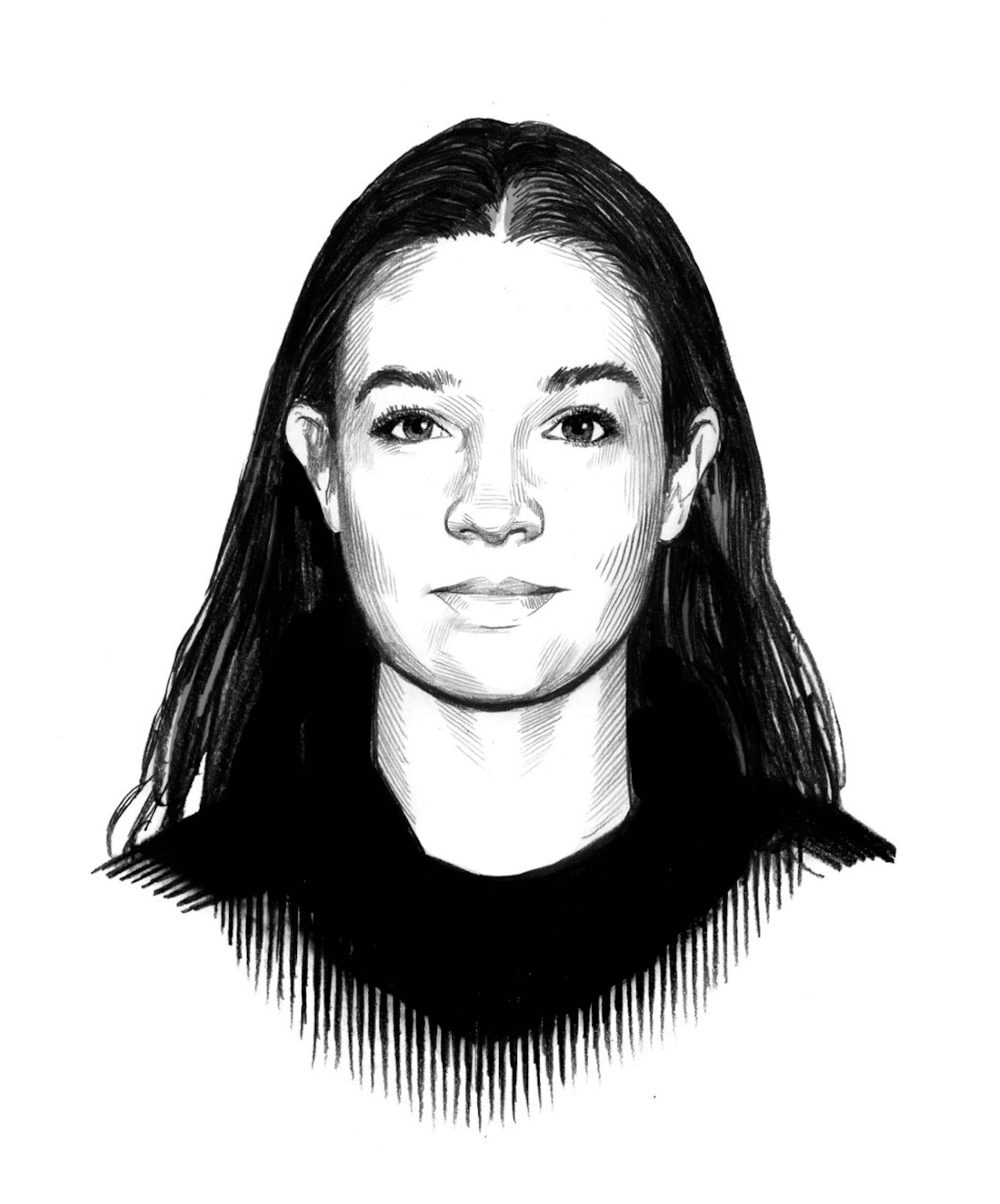
After 14- to 16-hour days running a bar, the only time they got to sit down for a decent meal was at the end of the day after closing, when the crew prepared a plate for them to share a “family meal.”
“Very simple dishes often made with the lesser cuts or scraps of what’s left over from the day’s prep, the meals were definitely made with lots of love,” Nolasco says.
Initially the pair used their own money to feed 10 families they know. They soon were buying more food and feeding more families, aided by donations as word spread of their efforts. Now No Us Without You LA is a nonprofit organization that feeds over 1,600 families a week.
Each family gets a 100-pound box of food weekly. Generally it contains a gallon of milk, 30 eggs, six pounds of beans, six pounds of rice, a variety of fruits and vegetables, and tortillas made from organic, non-genetically modified corn from a local company called Kernel of Truth Organics.
“It’s a huge, huge help. It feeds me and my family,” says Martínez. “I can’t imagine what life would be like without this program.”
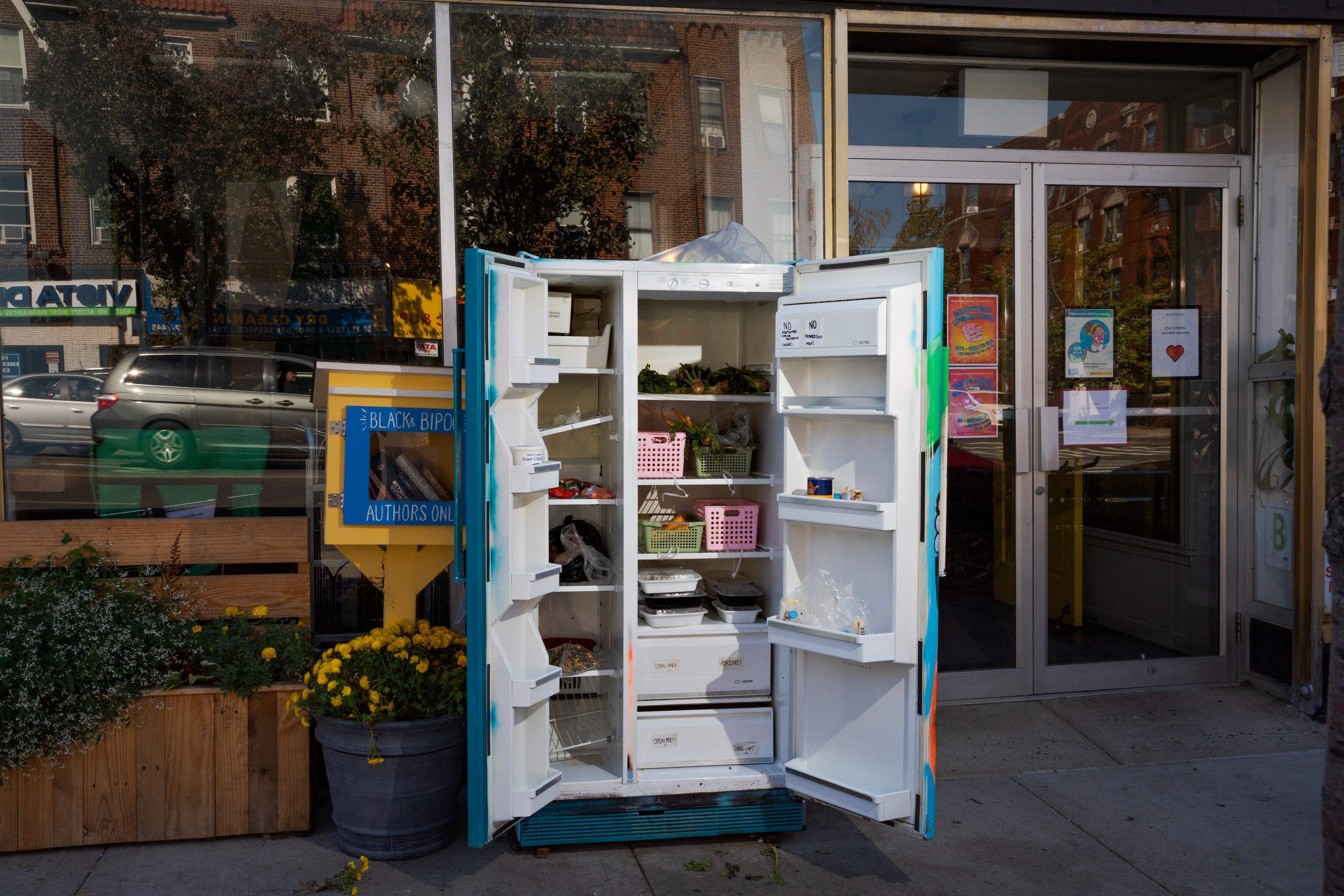
Not everyone celebrates No Us Without You LA. Nolasco says the nonprofit group occasionally gets hate emails or calls from people opposed to undocumented workers getting assistance. Such backlash pains the group and those it helps. Merced Sánchez, a 59-year-old licensed street vendor who came to the U.S. from Mexico in 2001, calls the volunteers “professional servants for the community.” She and her husband, José, both worked two jobs before the pandemic.
“We work hard. The majority pay taxes and don’t commit crimes. Still, we are all labeled as criminals and dirty people. We are not bad people,” Sánchez says.
Houston, TX: ‘Meals with dignity’
When the pandemic shut down restaurants in Texas, chef Chris Williams pivoted from serving customers at his popular Houston restaurant to serving the community in a city that led the state in COVID-19 infections and deaths.
Initially he and the team at Lucille’s, well known for its southern cuisine spiced with international flavor, served frontline workers, focusing on sometimes overlooked night shift workers. Lucille’s served 3,000 meals in the first 20 days of the pandemic. Then Williams thought of another group he feared was being overlooked: senior citizens living in nursing homes in impoverished, mostly Black communities.

“They’ve been uniquely affected; cut off from their families. Their families can’t come check on them,” Williams says. And he suspected the meals they were receiving weren’t prepared with the care and consideration he knew he could provide. His goal, he says, was to offer “nutritious, delicious meals that they will be excited about. You know, meals with dignity.”
With assistance from World Central Kitchen—chef José Andrés’s NGO dedicated to providing meals in the wake of natural disasters—Williams’s efforts grew into a nonprofit he named Lucille’s 1913. It honors Williams’s great-grandmother Lucille B. Smith, a pioneering entrepreneur in Fort Worth. In 1913 she started a catering company that served the likes of Martin Luther King, Jr., and boxing champion Joe Louis. She used some profits from her business to push for better living conditions for African Americans in Texas.
Williams says Smith’s spirit guides him. “The roots of her business are the exact same for this,” he says. “She saw a definitive need in our community … and she knew that she was uniquely positioned to make a difference in the community through the medium of food.”

Lucille’s 1913 now serves daily meals to up to 800 seniors, plus 150 students and 28 teachers and administrators at a school adjoining the nonprofit’s kitchen. But the mission of Lucille’s 1913 extends far beyond giving out meals.
Williams says he grew up with plenty but had friends who had very little on their kitchen tables. He sees lots of check-cashing stores and fast-food restaurants, but few markets with a variety of fresh produce.
So he’s tackling the issue of food security from the ground up. Besides preparing meals, Lucille’s 1913 will take stewardship of 74 acres in two Houston-area counties, Harris and Fort Bend. The land will be used for growing fresh produce and providing employment opportunities through the culinary arts. Williams also plans to open two markets in those areas to sell produce and locally made products. People hired from those neighborhoods will learn farming or entrepreneurial skills while helping to feed people in their communities.
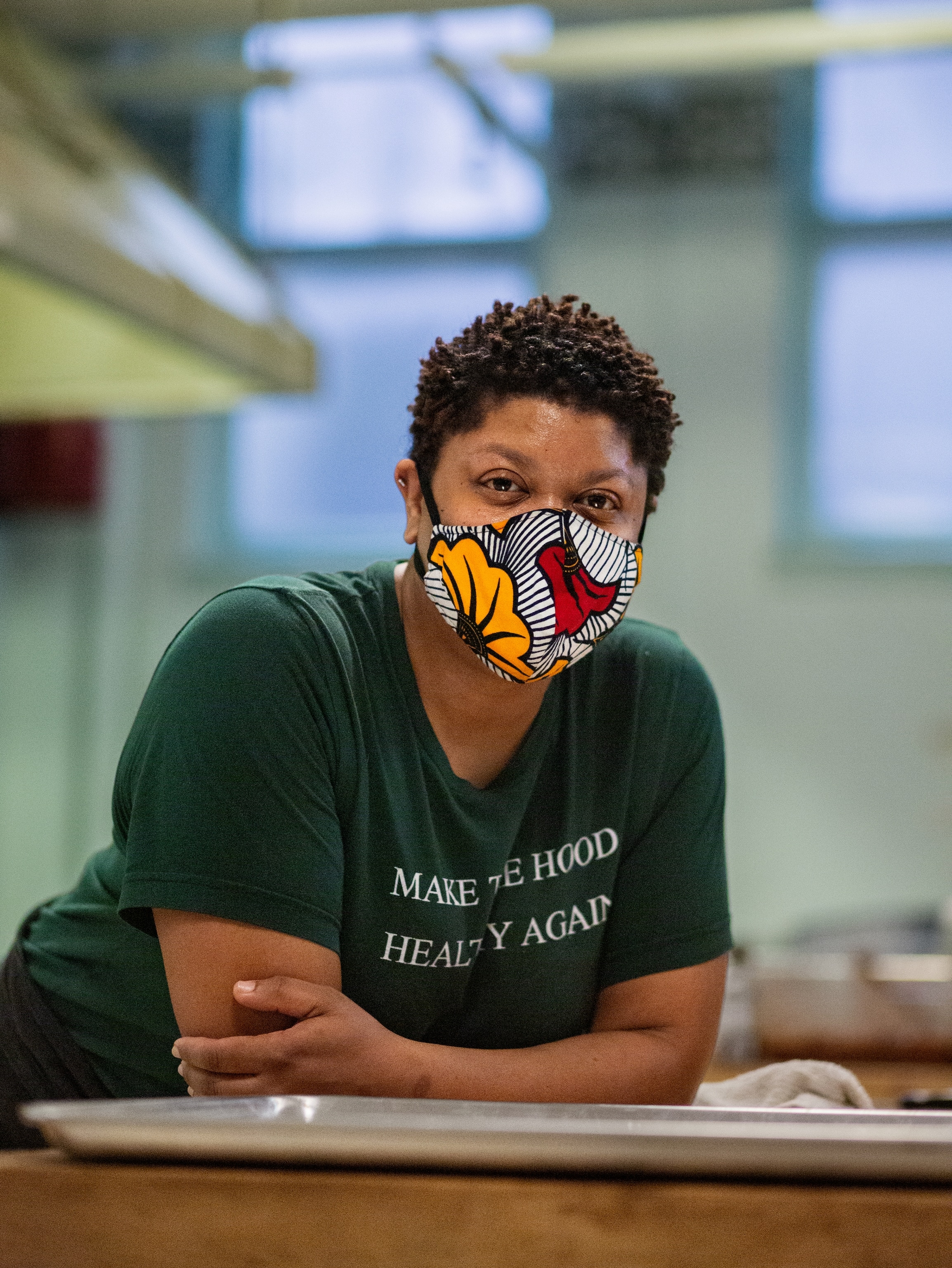

Detroit, MI: Feed people, reduce waste
From the back lot of Jefferson Avenue Presbyterian Church you see both Indian Village, an upscale community of stately mansions directly behind the historic structure, and—one block over—a poorer community of vacant lots and modest homes that have seen better days. People line up for food, but not just boxes of canned goods and produce as is typical at many food giveaways. They get free meals, enough to feed a family of four to six, prepared in the church kitchen that is called the Upcycling Kitchen because the chefs turn food that otherwise would be garbage into gourmet cuisine.
The meals are an initiative of the nonprofit Make Food Not Waste, an organization dedicated to improving the climate and the city’s food security by reducing food waste. By showing people what can be done with the rescued food it receives, the group began an effort that it believes can save people money and help save the planet.
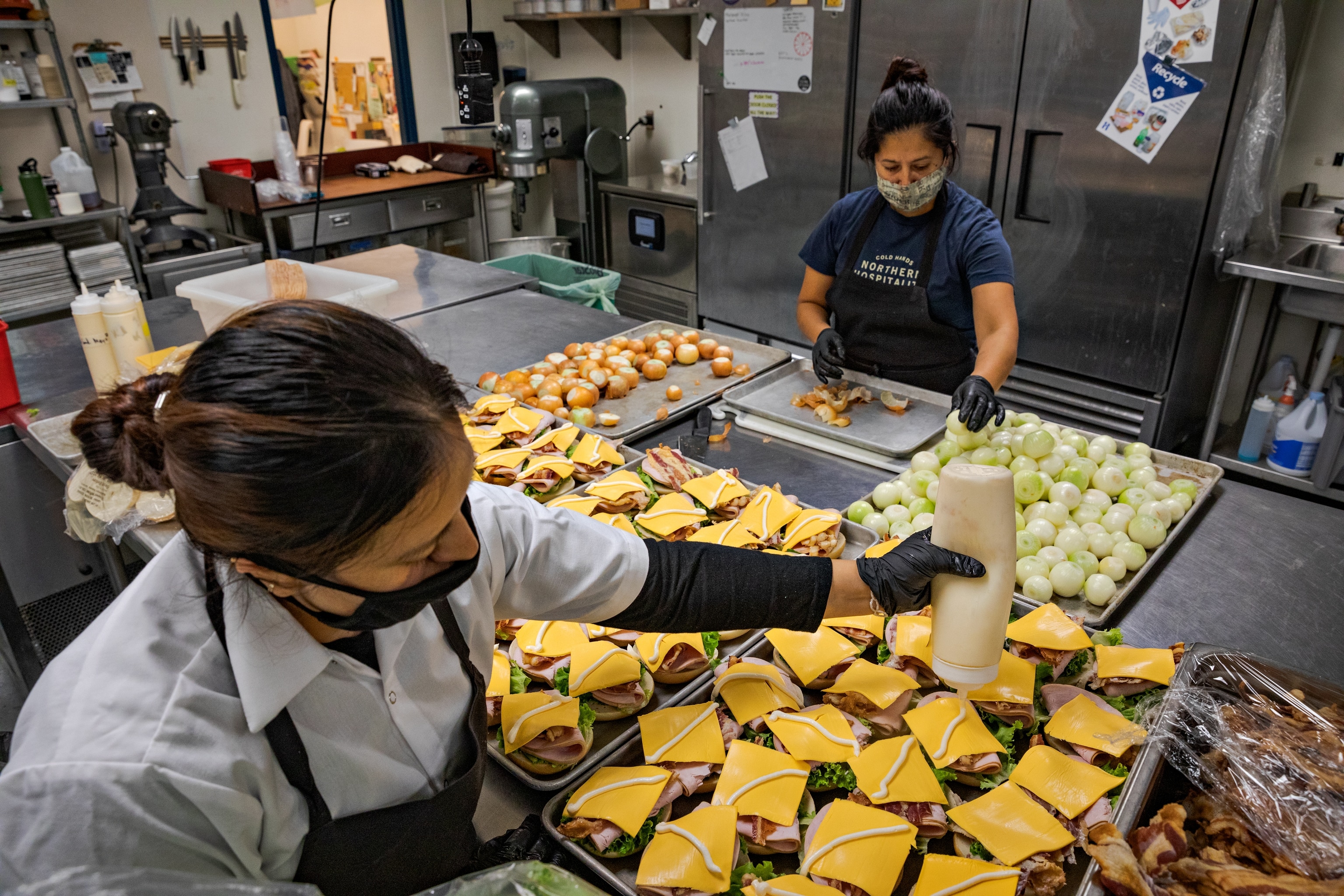
Attacking food insecurity means more than giving away boxes; it requires systemic changes, says chef Phil Jones, a force behind Make Food Not Waste. “There’s so much more good that can be done for people and the planet,” says Jones, who also started a company called Farmacy Food. It offers freshly prepared, appealing, and nutritious dishes at low cost. Its goal is to show people, especially those living in low-income neighborhoods, that you can get fast food that’s good for your budget and your belly.
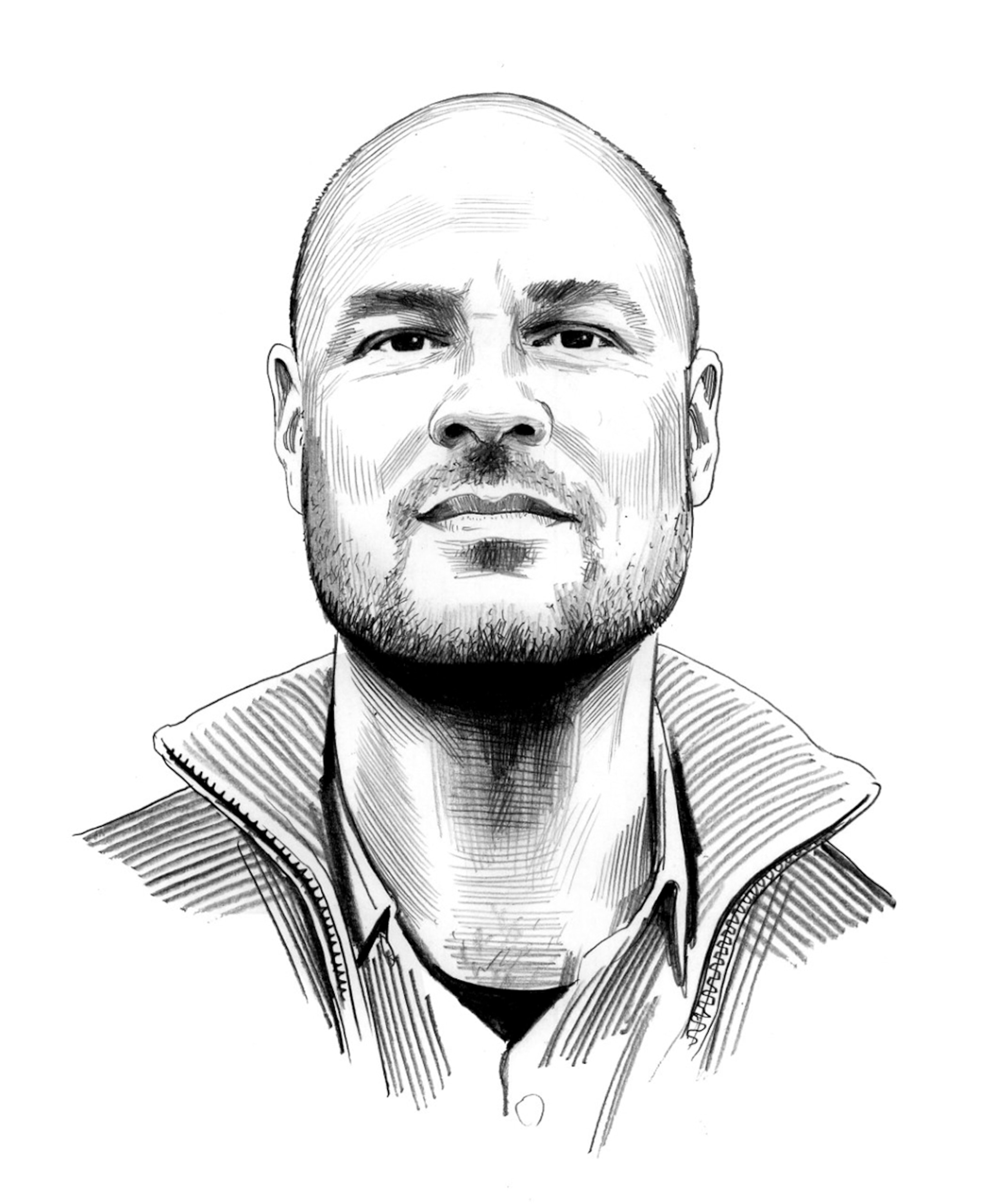
Make Food Not Waste gets surplus food from grocers, vendors, and other local businesses. Meals are prepared weekly for about a thousand area residents. The group also hopes to teach them more about improving health one forkful at a time. “We’re encouraging people to try new flavors and eat more fruits and vegetables,” says Danielle Todd, founder and executive director of Make Food Not Waste. “You can get cheap food, something just to fill the body up, but it doesn’t fuel the body with the right things.”

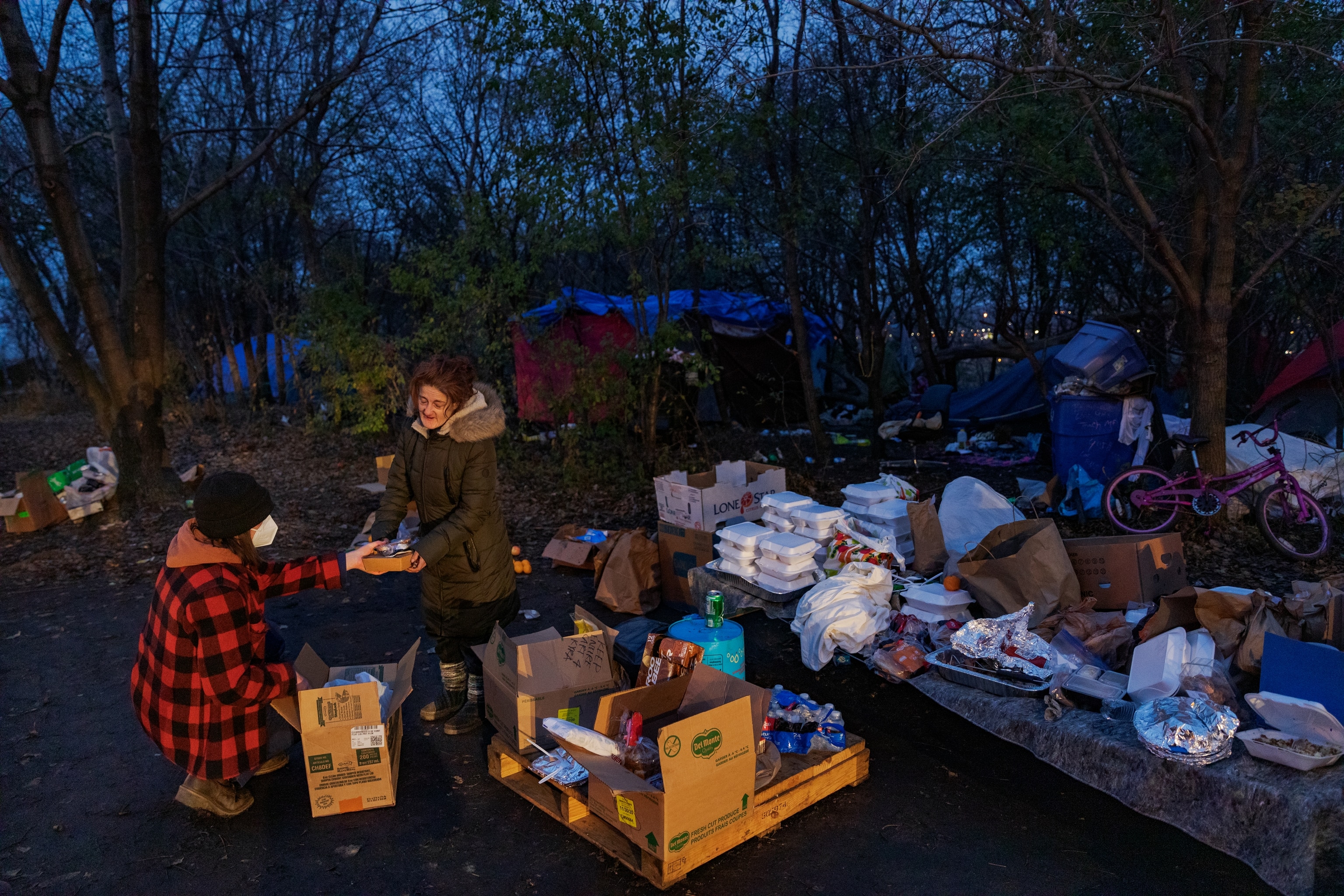
The Upcycling Kitchen aligns with her upbringing in New Orleans, Louisiana, chef Ederique Goudia says. “We were raised to treat everyone like family. This is a way I can use my skills, and do it in a way that’s dignified. Driving up for a meal is like picking up catering from your favorite chef or restaurant.”
The arrangement also challenges the chefs to be creative, because they never know what ingredients they’ll have to make culinary magic. “It’s fun to see what I get, then think about what can I create,” Goudia says. “The other day I got a huge amount of broccoli and created broccoli pesto over spaghetti, so people got to see broccoli prepared in a way that if you tasted it, you wouldn’t even know it was broccoli.”

Marvin Dixon, 52, a single father with two teenagers, says the food has been a blessing. He lives off Social Security because of an injury, but gets enough aid only for himself since he doesn’t have legal custody of his children, though they live with him. “The food from the church helps tremendously,” he says. “I don’t have to buy extra food with the little money I do have. And, you know, these teenagers, they can eat.”
The National Geographic Society is committed to illuminating and protecting the wonder of our world. Learn more about the Society’s support of its Explorers.
Cassandra Spratling, a Detroit Free Press veteran, has written for National Geographic about family issues and the toll COVID-19 has taken on Detroit.
This story appears in the August 2021 issue of National Geographic magazine.




